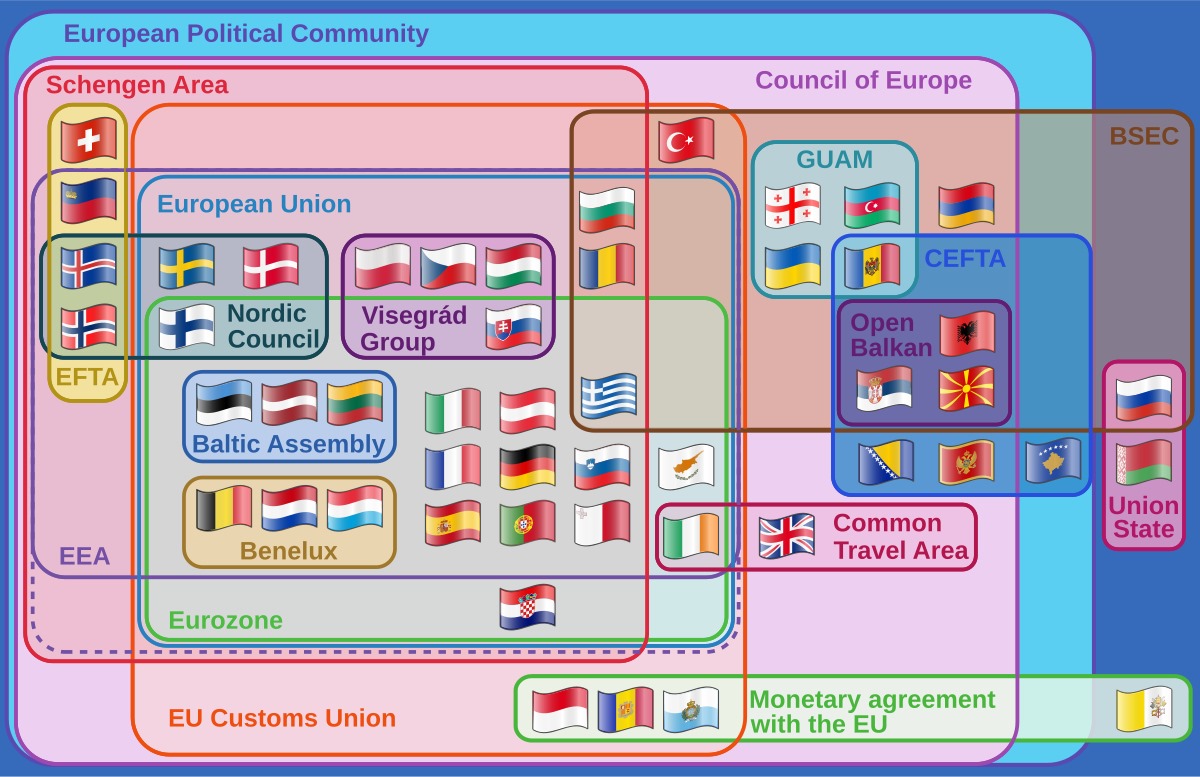Background

In general, people experience, using their senses to perceive, and create an understanding. They communicate these perceptions, and test hypotheses to develop an insight into what makes up the background for their experience, and how this is connected. By naming and comparing similar things, they build systems and theories. An individual observation doesn't mean much on its own, but as we make more observations, we gather more information about a phenomenon, allowing us to develop theories. As we gain more insights, we get more context and can make better analyses for further insights, a process known as the hermeneutic circle, which is often used for interpreting texts.
Logic
When we relate observations to each other according to developed theories, we treat them as data, which concretely describes relationships. With enough data, we can generate statistics, which can support or falsify certain theories. Those theories who remain support certain ideas of knowledge. Different pieces of knowledge are logically connected, often using mathematics, to generate new results. Using logic to infer conclusions from premises is called deduction. There are many ways to do this, involving various rules of inference and types of logic. Here are some examples to illustrate this, which shows how Derivation works.

Pictured here is a Venn diagram, often used in predicate logic. It can show that if all roses are flowers and all flowers are plants, then all roses are plants.

A more complex example is this Euler diagram to the right of supranational European bodies, classed in overlapping sets. Here is the interactive version of it.

Pictured here are a few connectives within propositional logic, which are used to show relationships between statements, similar to algorithmic symbols (+, −, ×, ÷) in math.
The process of systemizing knowledge happens in various ways across many subjects worldwide. Classic examples include the periodic table of elements, the Standard Model within particle physics, and biological taxonomy. However, these systematizations often remain limited to one or a few specific fields, for example, history or physics, and sometimes even limited to institutions, like schools or companies. The limitation on basis of the nature of fields is entirely constructed, and limiting on other bases is not beneficial in the democratization of knowledge. Biological molecules can be described chemically by their mass, which can also be represented physically, for example in terms of forces when the mass moves, and all this seems to be quantified, at least to a point. The idea of interdisciplinary systematization isn't new. It has been explored in fields and models like the Tree of Knowledge, synergetics, consilience, and tektology.
Knowledge Chains in Astronomy
When, in different fields, you arrive at conclusions that are not directly observed, you make connections with the knowledge needed to arrive at them; like a chain. This phenomenon is old, and shows of ways to systematize knowledge. Following are two examples of this, within astronomy.
The Moon's orbit is roughly 95% circular[1], and it circles the Earth a little too fast for its mass, therefore the average distance between the Earth and the Moon increases by roughly 3.8cm every year[2]. To arrive at this conclusion, it has not been enough to merely compare observations every year, as 3.8cm is negligible compared to the 380 000km that is the distance to the Moon on average. Instead, other observations have been compared and combined, treated as premises and inserted into formulas, according to which 3.8cm/year is a result. If the moon had more mass it would slow down. With the arguments systematized, one could use all relevant knowledge as premises or data in formulas, one could make an equation that shows how much deceleration follows from a certain increase in mass. Similar equations can be made for the Earth's revolution around the Sun and with all celestial bodies.
For example, in astrophysics, it has been concluded that the observable part of the universe is about 3.6*1083 liters[3], a number that we do not manage to arrive at via solely observing, but rather observations combined with other observations, linked together using math and logic; data entered into formulas. Without a system in similar cases, one must partially start over with each new conclusion.